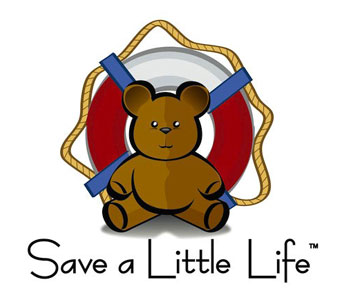SHARE THE BEAT! THE SINGING CONNECTION
According to a study conducted at Vanderbilt University, engaging infants with song encourages social development and interaction.
Researchers enrolled 112 infants who were either 2 or 6 months old and tracked these infants’ moment-by-moment eye-looking to reveal that the rhythm of caregivers’ singing causes infant eye-looking to become synchronized or entrained to the caregiver’s social cues at sub-second timescales.
As early as 2 months of age, when infants are first engaging with others in an interactive manner, they were twice as likely to look to the singer’s eyes time locked to the musical beat, than might otherwise occur by chance.
By 6 months of age, they were more than four times as likely to look to the singers’ eyes synchronized to the musical beats.
“Singing to infants seems like such a simple act, but it is full of rich and meaningful social information, said Miriam Lense, PhD., assistant professor. She adds, “Critically, the predictable rhythm of singing is essential for this entrained social interaction. When we experimentally manipulate the singing so that it no longer has a predictable rhythm, entrainment is disrupted and infants no longer successfully synchronize their eye-looking to the caregivers’ social cues.” she added.
“Although what a caregiver expresses is important, when and how they express social cues is particularly critical for infant-caregiver communication,” Lense added. “Rhythmic predictability — a universal feature of song — is an integral mechanism for structuring social interactions and supporting infant social development.”
The important conclusion the study underscores is that making music is not only about entertainment but it is also a core aspect of early socio-emotional development.
So parents, nannies, and caregivers, sing on! Not only is it fun for both you and the child, it’s life-enriching as well.
The original article published by Vanderbilt University can be found here.



